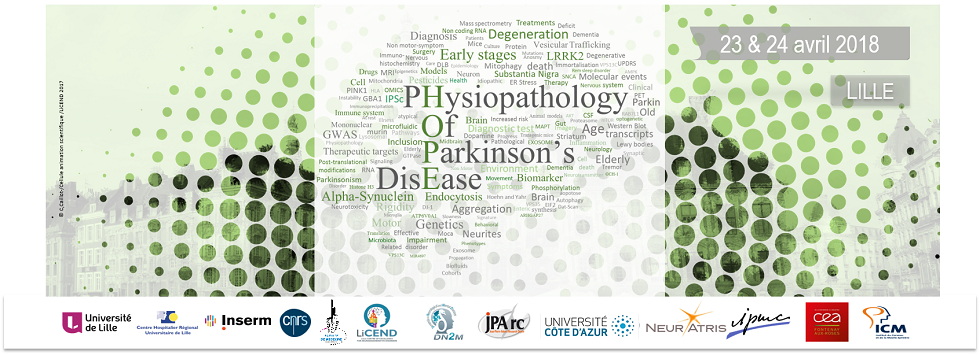Neurodegenerative diseases (NDs) like Prion disease, Alzheimer's (AD), Parkinson's (PD) and Huntington's (HD) disease are part of a larger group of protein misfolding disorders characterized by the progressive accumulation and spreading of different protein aggregates. Like Prions, misfolded forms of ASYN, tau, Abeta and Htt proteins associated with AD, PD and HD can be transmitted experimentally in cellular and in animal models where act as ‘seeds' to recruit the endogenous protein into aggregates. However, the mechanism of intercellular transfer is still debated. We have recently described a novel mechanism of PrP(Sc) transmission through Tunneling Nanotubes (TNTs)(1).TNTs are actin-based protrusions connecting cells in culture and represents a novel mechanism of cell-to-cell communication. Furthermore mutant polyQ Htt aggregates appear to highjack TNTs (2) as well as fibrillar and oligomeric ASYN assemblies (3) and Tau fibrils (4). TNTs appear to form between neurons and between astrocites and neurons. We also studied the role of astrocytes on the intercellular transfer and fate of α-syn fibrils, using in vitro and ex vivo models. α-Syn fibrils can be transferred to neighboring cells, however the transfer efficiency changes depending on the cellular types. We found that α-syn is efficiently transferred from astrocytes-to-astrocytes and from neurons-to-astrocytes, but less efficiently from astrocytes-to-neurons. Overall our in vitro and in ex vivo culture models indicate astrocytes have a role in degrading asyn fibrils rather then in transfer (6).
We propose that TNTs contribute to the progression of the pathology of NDs by spreading in the brain of misfolded protein assemblies (5). Thus, understanding the mechanism of TNT formation is important to uncover their physiological function. We demonstrate that despite their similarities, filopodia and TNTs form through distinct molecular mechanisms (7) indicating that they are different structures. Finally, analysis by correlative cryo-EM and tomography (Sartori, et al. under revision) show differences in the actin organization and appearance of the two structures revealing their unique identities.
(1) Gousset et al, NCB, 2009
(2) Costanzo et al,JCS,2013
(3) Abounit et al, EMBO J 2016
(4) Abounit et al, Prion 2016
(5) Victoria and Zurzolo, JCB 2017
(6) Loria et al, Acta Neuropatologiace 2017
(7) Delage et al Sci Rep 2016

 PDF version
PDF version
